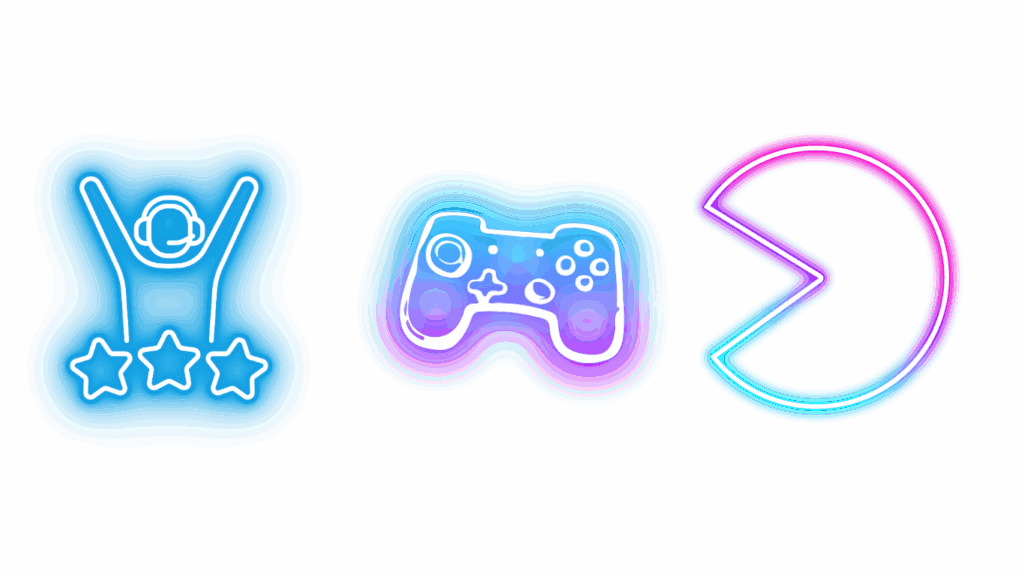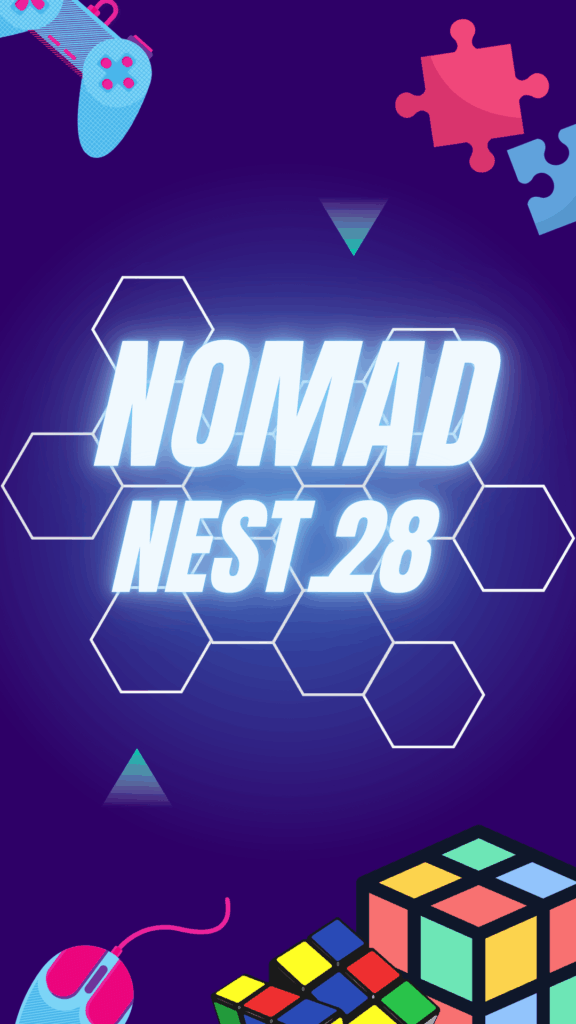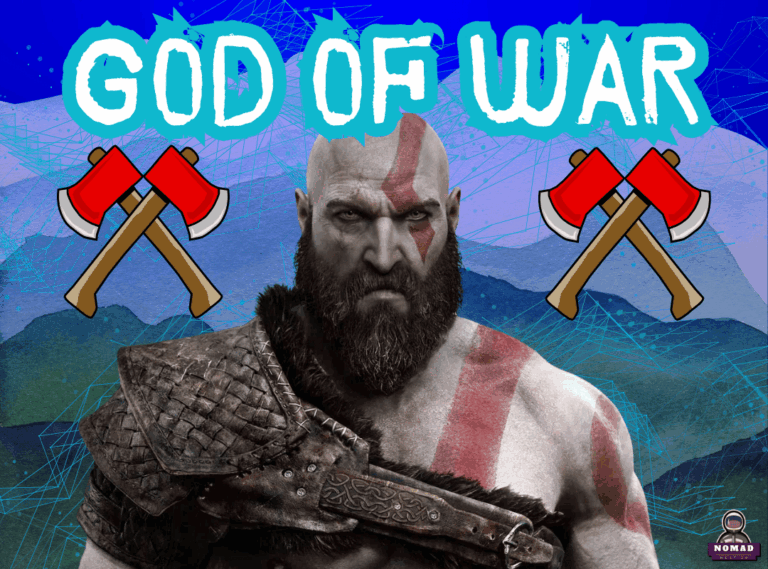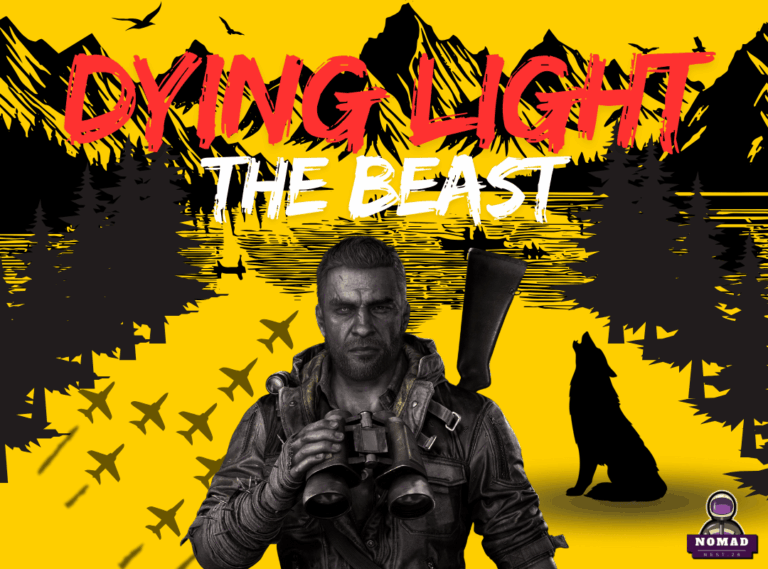
Source: platform
Pokémon GO is a location-based augmented reality (AR) game developed by Niantic in collaboration with Nintendo and The Pokémon Company. First released on July 6, 2016, the game quickly became a global phenomenon. Within a short time, millions of players worldwide filled city streets to catch Pokémon, battle in Gyms, and explore their surroundings.
The game utilizes GPS technology and smartphone cameras to create a gaming experience that blends the real world with the virtual world of Pokémon. Players can see Pokémon appear in the real world on their phone screens, as if they were there in front of them.
Pokémon Go Concept and Gameplay
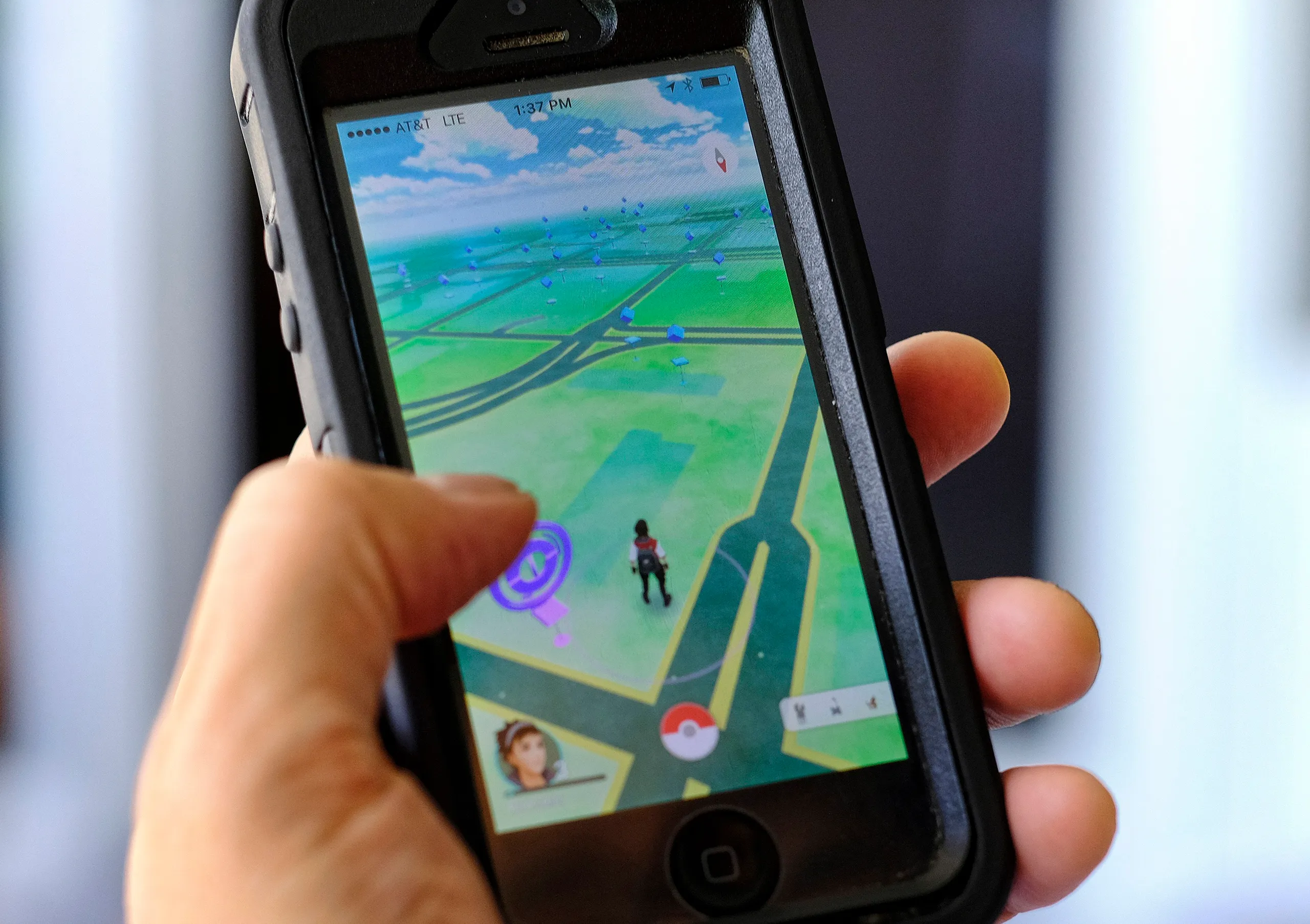
Pokémon GO uses the basic concept of the Pokémon series, “Gotta Catch ‘Em All”—catching all types of Pokémon. However, the game introduces a new way to do it:
1. Augmented Reality (AR)
Pokémon appear in real-world locations, and players can see them using their phone’s camera.
2. GPS-Based Movement
Players must walk in the real world to explore the map, visit PokéStops, find Pokémon, or challenge Gyms.
3. PokéStops and Gyms
Important places, such as monuments, places of worship, and iconic buildings, serve as interaction points. At PokéStops, players can pick up items; at Gyms, they can battle.
4. Egg Hatching
Players can collect Pokémon eggs and hatch them by walking (e.g., 2 km, 5 km, or 10 km).
5. Buddy System
Players can choose one Pokémon as a buddy, which will accompany them and earn candy.
6. Field Research & Special Research
Daily tasks and story missions that provide rewards.
Pokémon GO Key Features
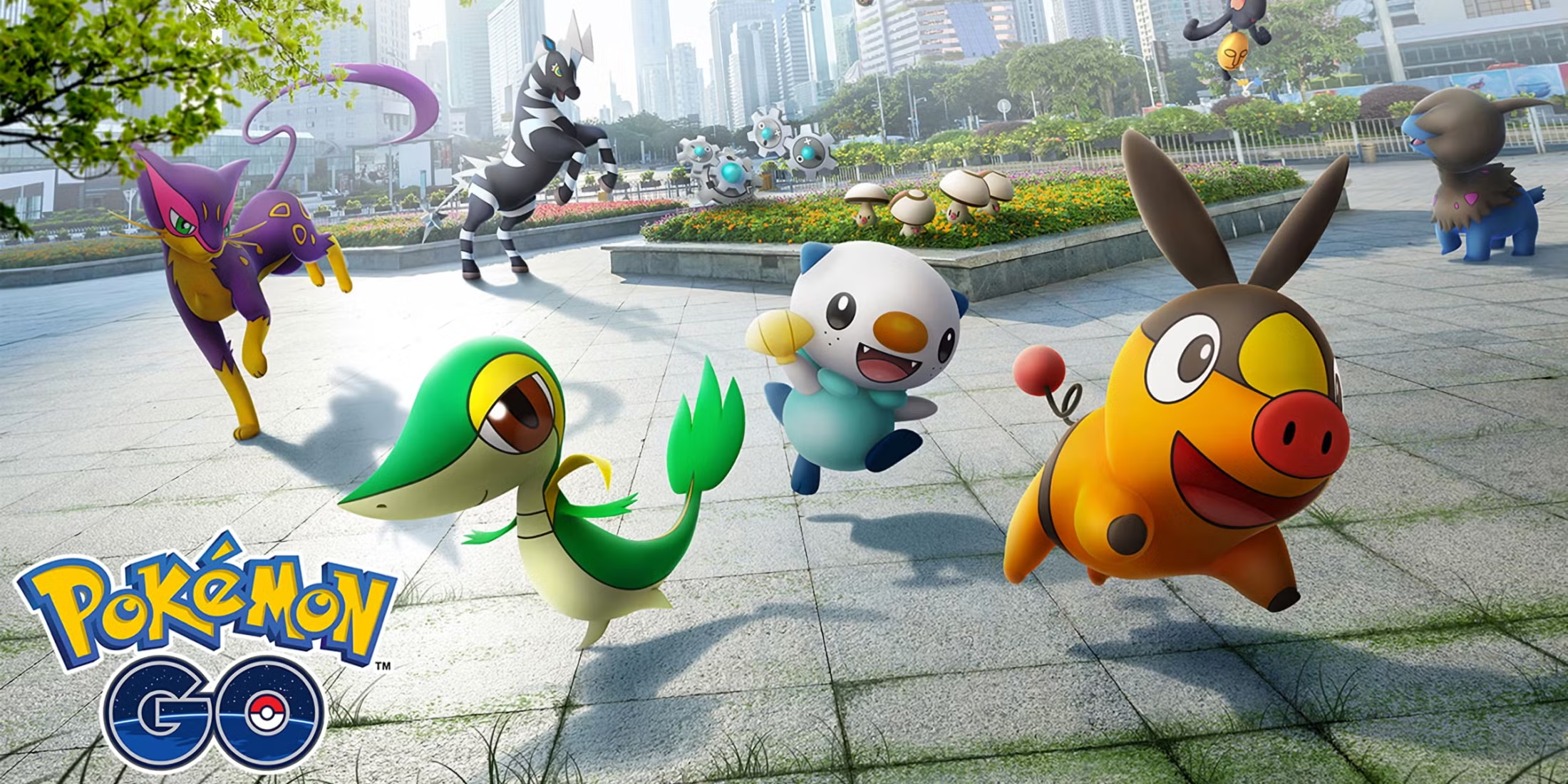
1. Catching Pokémon
One of the core features is capturing Pokémon that appear in the player’s location. Players use Poké Balls and throw them with a finger motion. Captured Pokémon are added to their collection (Pokédex).
2. Battle
There are several types of battles in the game:
- Gym Battles: Take over Gyms by battling opposing teams.
- Raid Battles: Fight powerful Pokémon (including Legendaries) alongside other players.
- Trainer Battles (PvP): Players can battle one-on-one with other trainers through the GO Battle League feature.
3. GO Battle League
Competitive PvP mode that allows players to battle online in various leagues (Great League, Ultra League, Master League) to climb the rankings and win prizes.
4. Community Day & Event
A special event that lasts one day, with increased spawns of certain Pokémon, bonus items, and the chance of getting shiny Pokémon.
5. Trading and Friends
Players can add friends, send gifts, and trade Pokémon. The more frequently they interact, the higher their friendship level, which grants bonuses in battles and raids.
6. Mega Evolution and Shadow Pokémon
Additional features that make Pokémon stronger for a limited time or have a different form.
Teams in Pokémon GO (Character Factions)
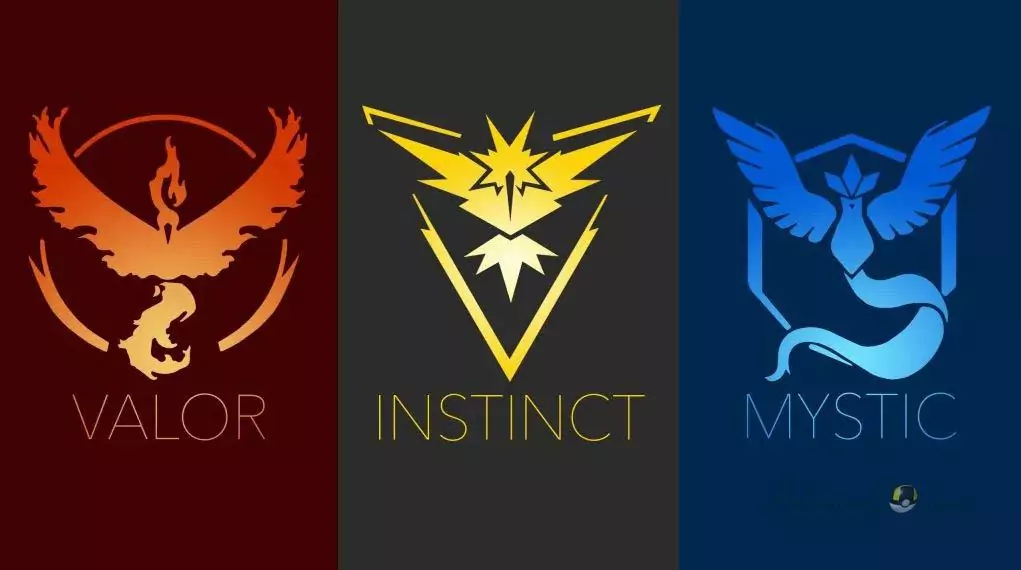
Pokémon Types and Evolution System
The Pokémon in this game come from various generations (Gen 1 – Gen 9 as of 2025), each with a type such as Fire, Water, Electric, Psychic, and others. Evolution is achieved by collecting Candy or special items like Sinnoh Stones.
For example:
- Charmander ➜ Charmeleon ➜ Charizard (with 125 candy)
- Eevee ➜ Flareon/Vaporeon/Jolteon/Espeon/Umbreon (with random evolution or trick name)
Monetization and Premium Items
Pokémon GO is free-to-play, but has a monetization system through:
- PokéCoins, an in-game currency that can be purchased with real money or earned by guarding Gyms.
- Used to purchase items such as Poké Balls, Incense, Lucky Eggs, and more.
- Premium items help speed up progress or increase the chances of encountering rare Pokémon.
Global Influence and Pop Culture
Pokémon GO has had a tremendous social impact:
- Combining technology and physical activity: Players must walk to play, thus promoting an active lifestyle.
- Local communities: Many Facebook/Discord communities and groups have formed to raid together or share information.
- Tourism and the local economy: PokéStops and Gyms are often located in historic or iconic locations, which increases public visitation.
Security and Controversy Pokémon Go
Despite its huge success, Pokémon GO also faced several issues:
- Traffic accidents: Because players were too focused on their phones while walking.
- Location privacy: Because GPS was constantly active.
- Server issues during early release: The intense enthusiasm led to overloads and crashes.
Niantic addressed some of these issues by:
- Added a “don’t play while driving” feature
- Provided AR+ mode to keep players aware of their surroundings.
- Offered remote raid passes during the pandemic so players can continue playing from home.
The Future of Pokémon GO
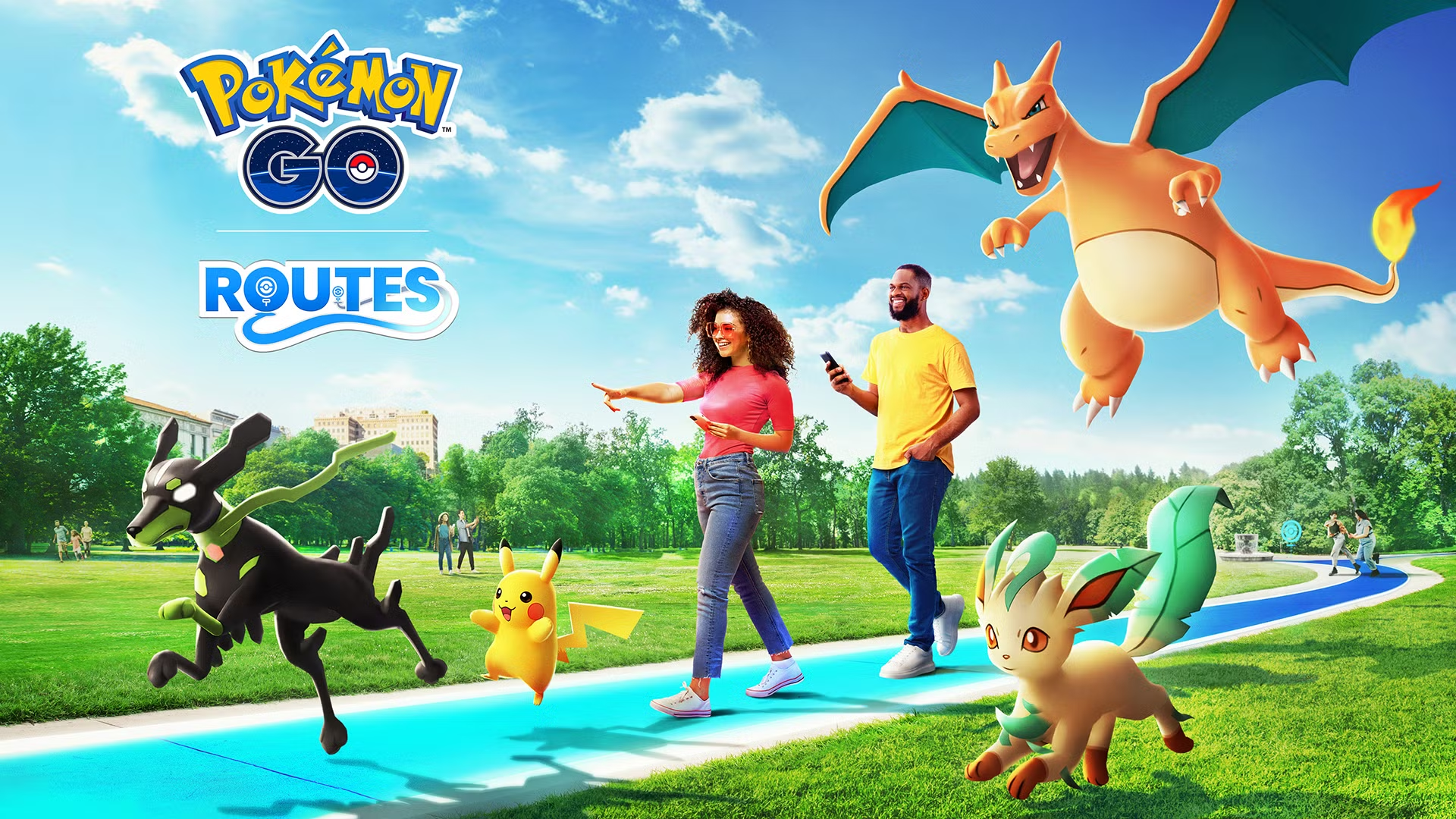
Continues to evolve with regular new updates:
- New generations of added
- More competitive real-time PvP features
- Integration with other Pokémon games (HOME, Scarlet/Violet)
- Global events like Fest
By continuing to merge the real and virtual worlds, Niantic is showing that it is not just a game, but a cultural phenomenon that continues to evolve.
FAQ Pokémon Go
1. What is the function of eggs?
Eggs can be obtained from PokéStops or as gifts from friends. To hatch, the egg is placed in an Incubator and requires the player to walk a certain distance (2 km, 5 km, 10 km, or 12 km).
2. What is Shiny?
Shiny Pokémon are rare variants with different colors from their normal counterparts. They are extremely rare and have high collectible value.
3. How do you catch?
Players walk around the real world and use Poké Balls to catch Pokémon that appear on the map. Pokémon typically appear in real-world locations like parks, streets, or iconic landmarks.
